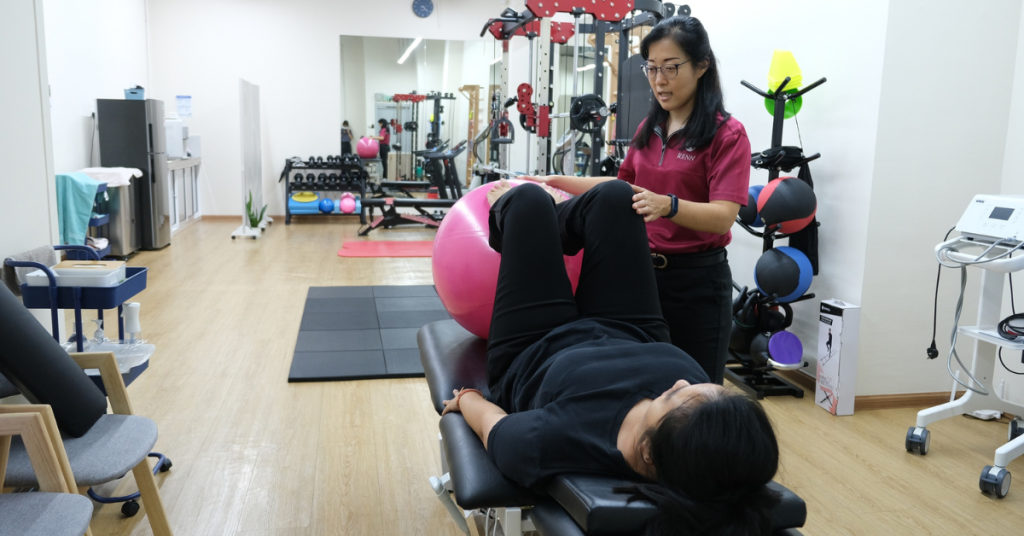Author’s Blurb: Some companies have already returned to their offices while some are still implementing WFH, and over time we’ve learnt to appreciate the pros and manoeuvre the cons of it. Now, the big question remains, what is the future of working arrangements in a post-COVID-19 world?
Speak to 5 different companies and you’d find that their answers to this question might vary, as there is no one size fits all working culture after all.
Some companies have chosen to implement large-scale WFH for the long term, while others are looking at a mix of remote and office working.
Following the MCO and COVID-19’s changes to working culture, we wanted a glimpse into what the future of working arrangements is shaping up to become.
Thus, we spoke to:
- Derek Toh who founded WOBB, a job search platform, in 2014,
- Wai Hong who co-founded StoreHub, a cloud based platform for omnichannel retail and restaurant businesses in SEA, in 2013,
- Zikry Kholil who co-founded Incitement, a social media based CSR and impact management platform, in 2011,
- Kengyew who founded Supplybunny, an online F&B supplies platform, in 2016,
- Vishen Lakhiani who founded Mindvalley, a global company for transformational education, in 2003.
WFH/Remote Working Is Here For Good, But…
Not all companies will be able to benefit from it due to due to the nature of their business.
However, Derek said, “Most companies will be somewhere in between, because they don’t want to be caught off guard again in case there’s a future lock down, and they will be looking for ways to be productive with a remote workforce.”
Kengyew added that he believes remote working culture fits mature teams that already have experience with each other.

“Of course, the opposite is true. If you are new to a company, then this is probably a very uncomfortable way to start the journey (compared to a physical onboarding). It can be done, of course, just not as efficiently.”
So, instead of purely WFH, here are some other workplace policies being implemented to adapt to the new working trends.
1. Employees Get The Freedom To Choose How They Work
Vishen shared that even though Mindvalley is beginning to open its offices, employees will have the choice of continuing WFH.
“We are only asking for people to come in if they feel they absolutely need to use the space for deep thinking or specific in-office work.”
“We are also keeping in mind the future of the workplace and the necessity of a full-time physical office. Many employees are saying that they feel even more productive working from home,” he said.
With WFH, employees will be able to work without office distractions in a more controlled environment, and enjoy flexible working hours to tend to other responsibilities too.
2. Asking For Permission To Work In The Office
In a slightly different approach, WOBB is adopting a “remote-first” work policy which means that everyone is expected to WFH by default, even if the office is open.

“Those that need to go into the office need to ask permission from their Team Leads to explain why,” Derek added.
3. A Fixed Mix Of WFH & Office Working
Supplybunny will be practicing a “2 days in office, 3 days WFH” culture and for the first 3 months of this, they’ll observe:
- Whether those 2 office days need to be full days or simply based on scheduled meetings,
- Whether everyone needs to come on the office days, or only selected people.
Based on their observations, they’ll make the final decisions on the arrangements.
4. Split Teams Who Come In On Alternate Days
A/B split teams will become a common arrangement, but Wai Hong noted, “Even if we split teams to enter on alternate days, we have to be very mindful of the way we select the individuals as this will affect the way they work with each other.”

“For example, will it drive more effectiveness? If it does not, it is no different than the structure of WFH.”
5. Results & Performance Based KPIs
New processes will have to be introduced in order to facilitate remote working because we can no longer see each other in the office as often, if at all.
This may seem uncomfortable and feel like micro-managing at first, but over time, teams will get used to being accountable and realise that it’s the trade-off for the benefits of remote working.
Derek Toh, WOBB
The goal is to find a balance between the two. Companies will also move away from activity based KPIs to instead adopt results based KPIs, as these will be easier to track remotely.
At Incitement, Zikry said, “We no longer have fixed working hours where we only focus on the results you produce based on the objective key results, KPIs and goals.”
Instead, they have daily 15-minute scrum meetings in the morning, and a 1-hour meeting on Mondays to review progress from previous work and plan for the coming week, all done via Google Hangout.
6. Hot Desking In The Office
Derek said that we’ll be seeing fewer personal rooms in the office, and instead people will utilise open spaces more and even practice hot desking. This means that offices will be able to downsize in terms of space.
“Offices will be used primarily as a space for internal collaboration. What used to be personal rooms will now be converted to shared rooms with tools such as whiteboards and projectors to facilitate discussions,” he added.
7. More Private Spaces Or Personal Offices
On the other hand, Vishen shared a different opinion with regards to personal offices.
“Physical office spaces will most likely mean more private spaces or personal offices for individuals, and certainly more distance between desks,” he said.

Mindvalley is also enforcing a policy that implores team members not to share desks, offices, or other work tools and equipment, at least for the foreseeable future until COVID-19 is no longer a threat.
8. Moving Into Coworking Spaces Instead
Zikry believes that having a space where growing teams can gather once or twice a week is paramount for bonding, but this space doesn’t necessarily have to be a fixed office.
“It’s a matter of what kind of space a company needs now rather than wanting a space. Hence coworking and coliving could add more positive weight, perhaps more than before,” he said.
-//-
These are just a few examples of how working arrangements are changing, and not every company will realistically be able to adopt them all.
I think regardless of the company, however, the heightened use of technology will remain.
If your own workplace is implementing mixed WFH-office arrangements, you’ll just have to accept that virtual meetings will still be a regular thing.
Digital tools for work have been life saviours throughout the MCO, no doubt about that, but I personally can’t wait to get back to having meetings and chats the good ol’ traditional way.
I’m still for office spaces because to me, they just offer an experience that can’t be beat, even with all the benefits of WFH and remote working.
Bottom Line: These new working arrangements aren’t going to please everyone, that’s for sure, but I’m predicting that a large Malaysian demographic will be welcoming of these, especially amongst the younger folk. In the end, those of us who aren’t fond of the new normal will still adapt to it, albeit begrudgingly (like me).
- You can read more work related articles here.
Featured Image Credit: Incitement / WOBB / Mindvalley















